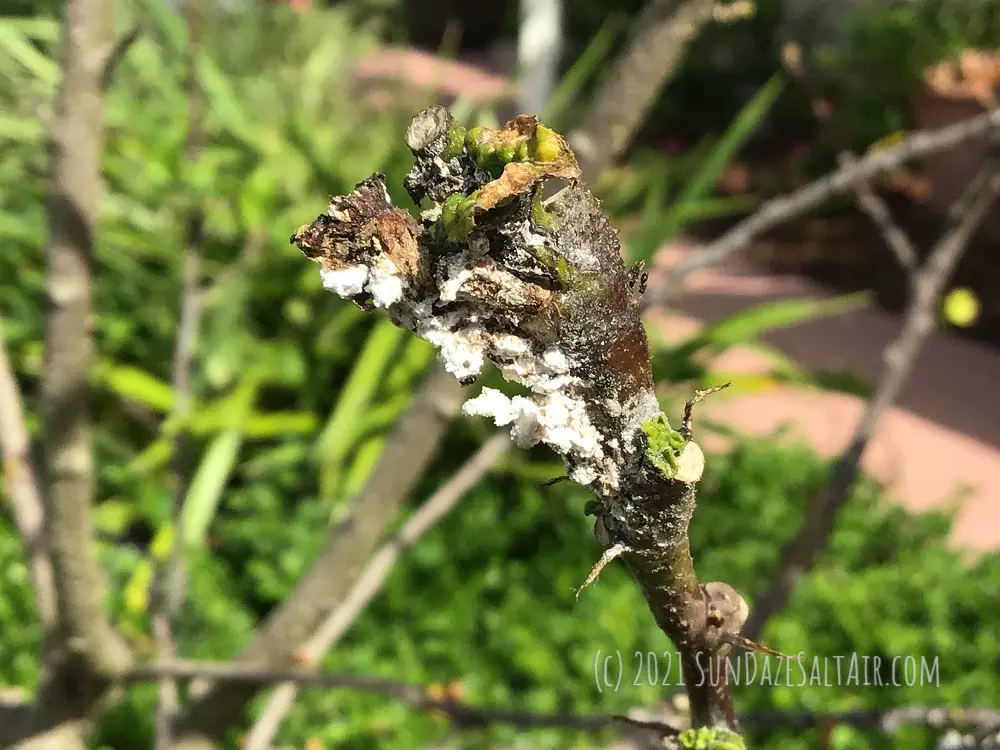
What Is This White Fuzz On My Hibiscus? How To Rid A Hibiscus Of Mealybugs
Two Effective DIY Methods To Treat Mealybugs & Save Your Hibiscus Plant
Have you noticed your hibiscus has stopped blooming and is experiencing yellowing and dropping leaves? If your hibiscus is struggling, the root cause can seem like a mystery. However, upon closer inspection, if you observe a white cotton or wool-like substance has attached itself to your plant’s buds, stems or leaves, your hibiscus is most definitely under attack. This particular “fuzzy” blight tends to cluster in tight crevices where hibiscus branches meet, as well as at leaf junctures and around buds. While this strange “fuzz” may resemble mold or fungus, it is actually something else entirely. Let’s find out exactly what is feeding off your hibiscus, and most importantly, how to stop it before it kills your plant.
Read on to learn how to make easy DIY alternatives to pesticides to save your hibiscus from life-sucking mealybugs…
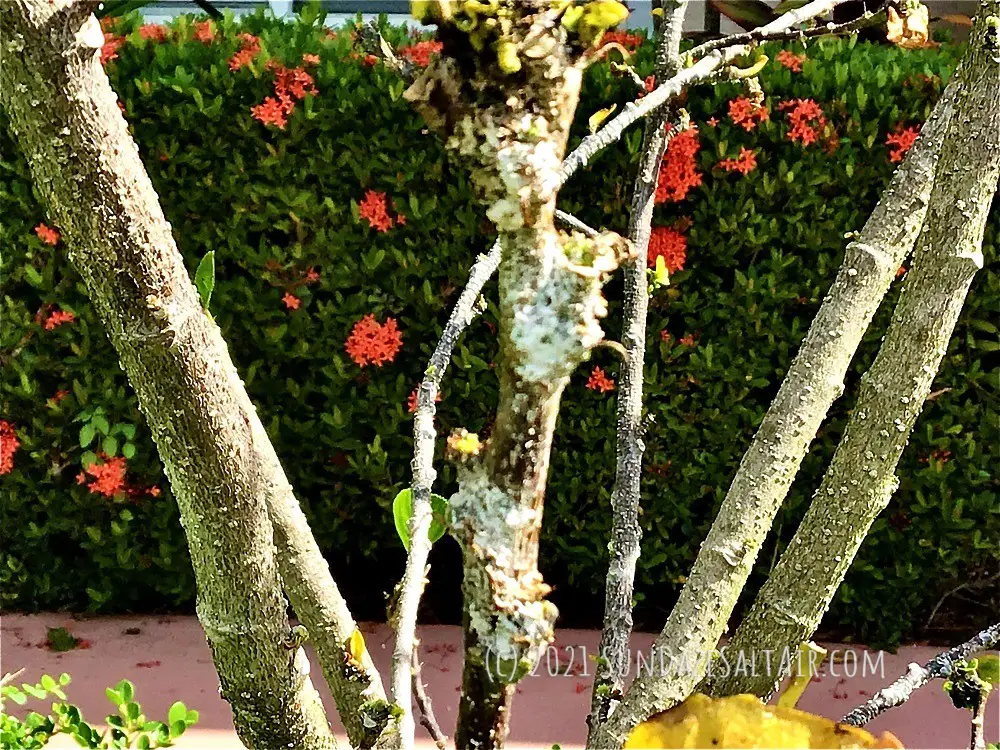
Why Your Hibiscus Has Yellowing, Dropping Leaves…
Well, it turns out the fungus-like, cottony pale coating is actually a cover for one of the most common and insidious pests that target hibiscus plants — a bane of the plant world known as mealybugs. Cloaked in this casing, hundreds of tiny adult mealybugs take up residence on your hibiscus, causing those clusters of white you see all around the aforementioned buds, stems and leaves.
The adult female pests produce a waxy secretion that creates this coating which then serves as protection for the females and their eggs. Actually, the waxy substance is such an effective shield that is also protects the colony of bugs from water droplets and many topical insecticide treatments, unfortunately.
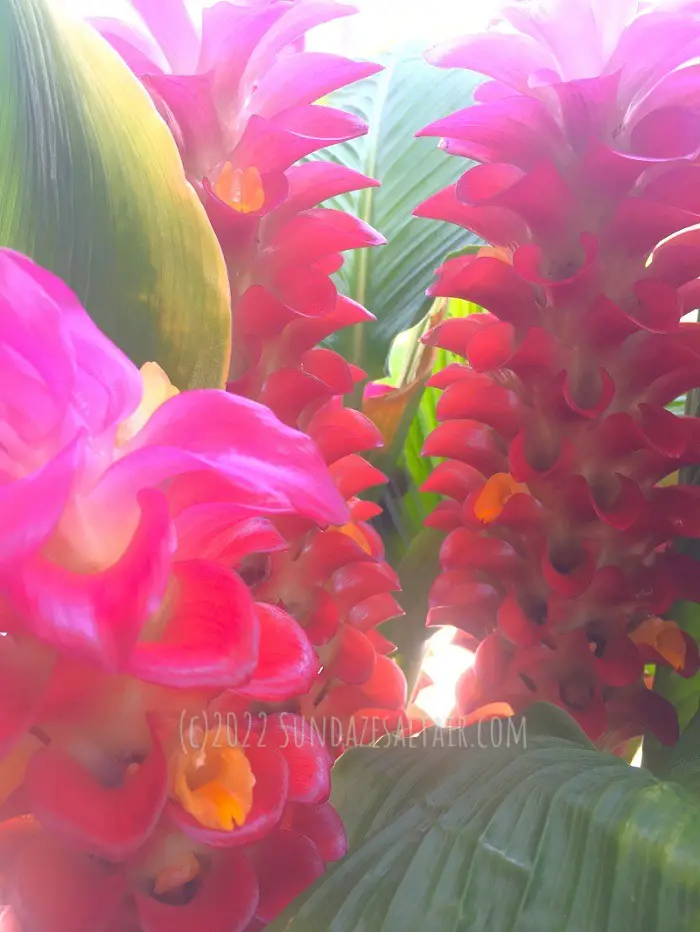
Act Fast to Rid Your Hibiscus of Mealybugs to Prevent Further Damage & Death
Tiny Vampires Feed Off Your Plant’s Nectar
Once you have noticed this white substance, your plant is already under siege by these microscopic bugs. Not to mention, the infestation can quickly spread to other nearby plants, especially if indoors. The time to act is now. Not unlike something out of a Bram Stoker novel sucking the life from its victim, mealybugs feed on the sweet nectar of your plant while simultaneously releasing toxins that harm and, ultimately, kill your plant.
Wherever Possible, Quarantine
Given the danger, you will want to quarantine your sick plant if possible. This obviously applies to indoor or potted plants and is an often-overlooked measure that can stop the spread. Therefore, as soon as you spot a mealybug infestation, quarantine the infected plant from all others, placing it outdoors if possible.
TIP! Go For the Cold
If conditions are right, and your plant can tolerate it, try placing your bug-infested plant outside in the cold. If your plant can spend at least a day or so “chilling” just above freezing temperatures, about 36° Fahrenheit (2° Celsius), the cold can cause the mealybugs to die off. Hot temperatures also have a similar effect which I discuss down below.
For more information about how much cold weather your hibiscus can tolerate, scroll down to “Where Can You Grow a Hibiscus Outdoors During the Winter?”
Did You Know? Mealybugs Can Invite Others to the Party
Incidentally, the presence of mealybugs also attracts ants which partake in the mealybugs’ nectar feast. The ants then return the favor by keeping the mealybugs safe from potential predators. While this mutually beneficial, “quid pro quo” insect relationship is great for both pests, it only serves to drain the life energy from your hibiscus. The end result is yellowing and dropping leaves, and death if left untreated.
Two DIY Methods To Rid Your Hibiscus of Mealybugs
Now that you have identified your problem, let’s treat it immediately. Since mealybugs are very invasive and seemingly invincible, a delay can lead to a bigger infestation. While it requires patience to control the tiny bugs, the best solution should eliminate the pests while inflicting minimal harm to surrounding plant life.
Thankfully, there are a few simple, safe and effective homemade control methods to release your hibiscus from the bugs’ grip and say goodbye to mealybugs for good…
TIP! Where Can You Grow a Hibiscus Outdoors During the Winter?
Hibiscuses thrive in full sun and can survive outdoors in winter if you live anywhere in USDA plant hardiness zones 10 through 12. In cooler zones, hibiscus take especially well to containers which can easily be sheltered as necessary. Perennial hibiscus plants are hardier and can survive the winter in zones 4 through 9. Easily locate your plant hardiness/grow zone by typing in your zip code here…

How To Rid a Hibiscus of Mealy Bugs Method #1: Homemade Dish Soap Solution
This method harnesses the powers of everyday common household dish detergent to effectively suffocate any mealybugs that have taken up residence on your plant. As such, you could easily substitute hand soap, shampoo or whichever inexpensive detergent you have on hand for the dish soap.
Since we are diluting the detergent, it should be relatively safe for your plant and the surrounding environment, but if you want an all-natural, completely non-toxic solution, you could use your favorite organic soap such as a castile soap.
How To Rid a Hibiscus of Mealy Bugs Method #1: Homemade Dish Soap Solution Instructions
Spray As the Sun Goes Down
Try to use this dish soap solution spray later in the day when the sun is not as strong. If you spray your plant early while the sun is hot, the combination of an extended duration of sunlight plus solution could be hard on your plant.
Simply take approximately two tablespoons of sudsy dish soap or shampoo and combine it with one quart (about one liter) of water in a large spray or pump bottle. **Double the amounts for larger or multiple plants.
**TIP! Turn Up the Heat on the Bugs
Consider using very warm, almost hot water, as water at higher temperatures is more likely to kill mealybugs.
Shake the bottle to thoroughly combine the ingredients. Spray your hibiscus everywhere, especially focusing on infected areas such as stems, in bud crevices, and under and over leaves. However, also be sure to spray the rest of your plant since tiny mealybugs can, and will, hide anywhere.
In just a few hours, the suffocating soapy solution should begin to eradicate the bugs.
Rinse Early the Next Day
Early the following day, use paper towels or cloths to manually remove any mealybug residue that remains. Then proceed to hose down your entire plant with water to remove soapy residue. Aim to rinse your plant before the sun gets too strong.
You should repeat the entire process as needed every few days until you no longer see any evidence of mealybugs.
TIP! Don’t Forget the Bottom of the Plant & Sanitize Any Pots Where Infestations Occurred
Their tiny size makes mealybug infestations particularly stubborn and hard to treat. Therefore, don’t forget to spray your solution along the bottom of the plant and into the soil and any container if there is one. Doing so should reach any bugs that sought refuge away from the main body of the plant.
Always thoroughly clean and sanitize containers where mealybugs have been found.
TIP! If Your Hibiscus Is Potted, Give It a Bath
If your plant is potted, try giving your potted hibiscus a bath. Mealybugs are experts at hiding in every little crevice but if you place them in the tub, they have nowhere to hide. This method is ideal to ensure your solution reaches them all at once.
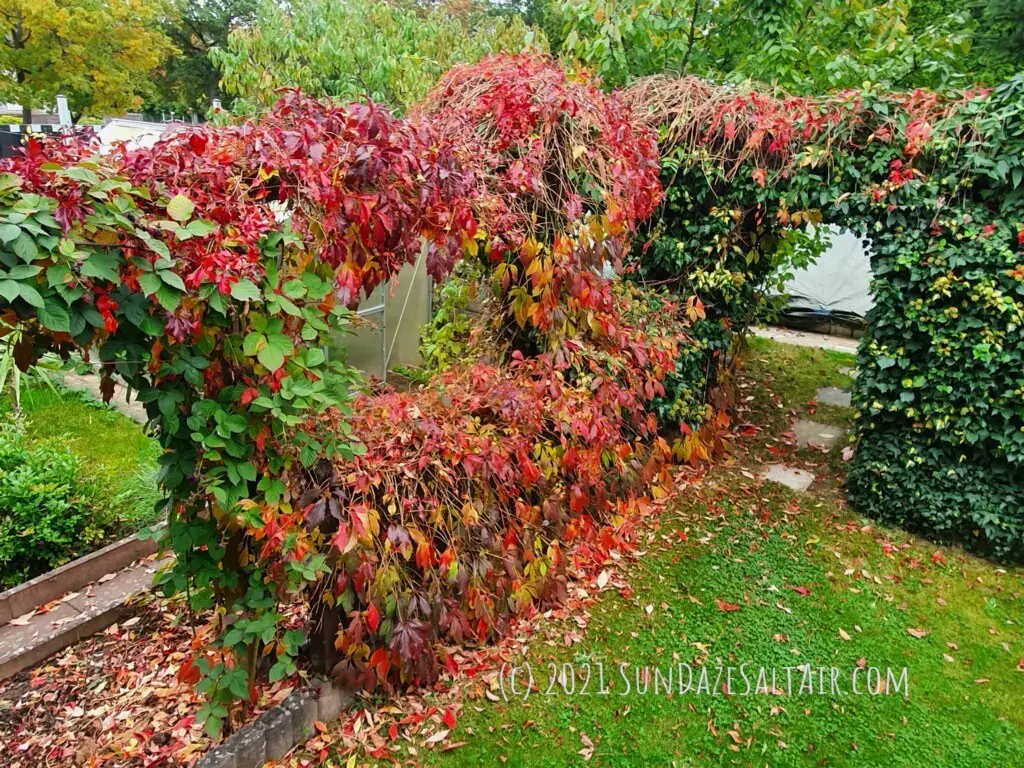
How To Rid a Hibiscus of Mealy Bugs Method #2: Hydrogen Peroxide Solution
As with the soapy detergent solution, a diluted hydrogen peroxide solution can be safely used to control mealybugs with minimal harm to your plant. While there is some debate as to how effective hydrogen peroxide is by itself in controlling these pests, the oxygenating, antiseptic properties of hydrogen peroxide have been known to effectively kill mealybugs and their eggs fairly quickly. Adding very warm or hot water can further enhance the mealybug-destroying capabilities.
TIP! Remember that mealybugs are so tiny that it’s tough to get them all with your first application. Repeated applications of your spray solution will likely be needed to get all the stragglers.
Homemade Hydrogen Peroxide Spray Solution Instructions & Commercial Alternatives
This homemade solution is diluted and only left on affected areas for a little while, but if you are nervous about effects on your plant, you can use this method later in the day when the sun is weak. Although I must admit I have even seen neighbors use a common household bleach disinfectant cleaning spray to treat their hibiscus tree’s mealybug infestations– with the only resulting adverse effects being to the mealybugs which it completely eradicated after about two separate applications.
Combine approximately a quarter cup of hydrogen peroxide in two cups of water in a large spray or pump bottle. Seal tight and shake to combine. Thoroughly spray the plant with the diluted hydrogen peroxide solution, aiming to coat both the underside and top of leaves and in between each stem axis and bud crevice where mealybugs hide.
**TIP! Turn Up the Heat on Bugs
As with the detergent solution, consider using very warm, almost hot water since water at higher temperatures can kill mealybugs.
After spraying your plant and leaving it to sit for at least ten minutes, use a clean cloth or paper towel to wipe the plant down completely of any remaining mealybugs. You can leave the solution on for longer or even overnight I have observed without incident but try a more conservative amount of time the first time to see if it gets the job done.
Hose down or spray your entire plant with plain water when you are satisfied with the results to remove any remaining residue. Repeat this process every few days as needed until you notice the mealybug population has been eradicated.
How To Rid a Hibiscus of Mealy Bugs Without Pesticides? Use These Two Homemade DIY Alternatives in a Pinch
Now, you not only know what is ailing your hibiscus, but you have effective DIY solutions to save your plant without pricey pesticides. Bookmark this page for future reference anytime you need easy and effective solutions to save your plants – without making a trip to the garden center.
********
Did either of these methods work to control mealybugs on your hibiscus? If not, share what works for you in the comments.


You May Also Like

How to Save Money on Your Homeowners Insurance in Florida & Beyond: How to Lower Your Homeowners Premiums & How I Saved Over $1,000
May 6, 2022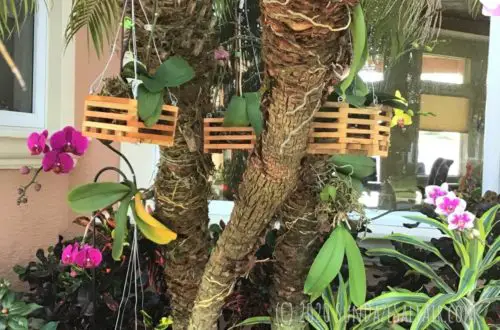
How To Grow Orchids In Wood Baskets (With Pictures)
May 6, 2021